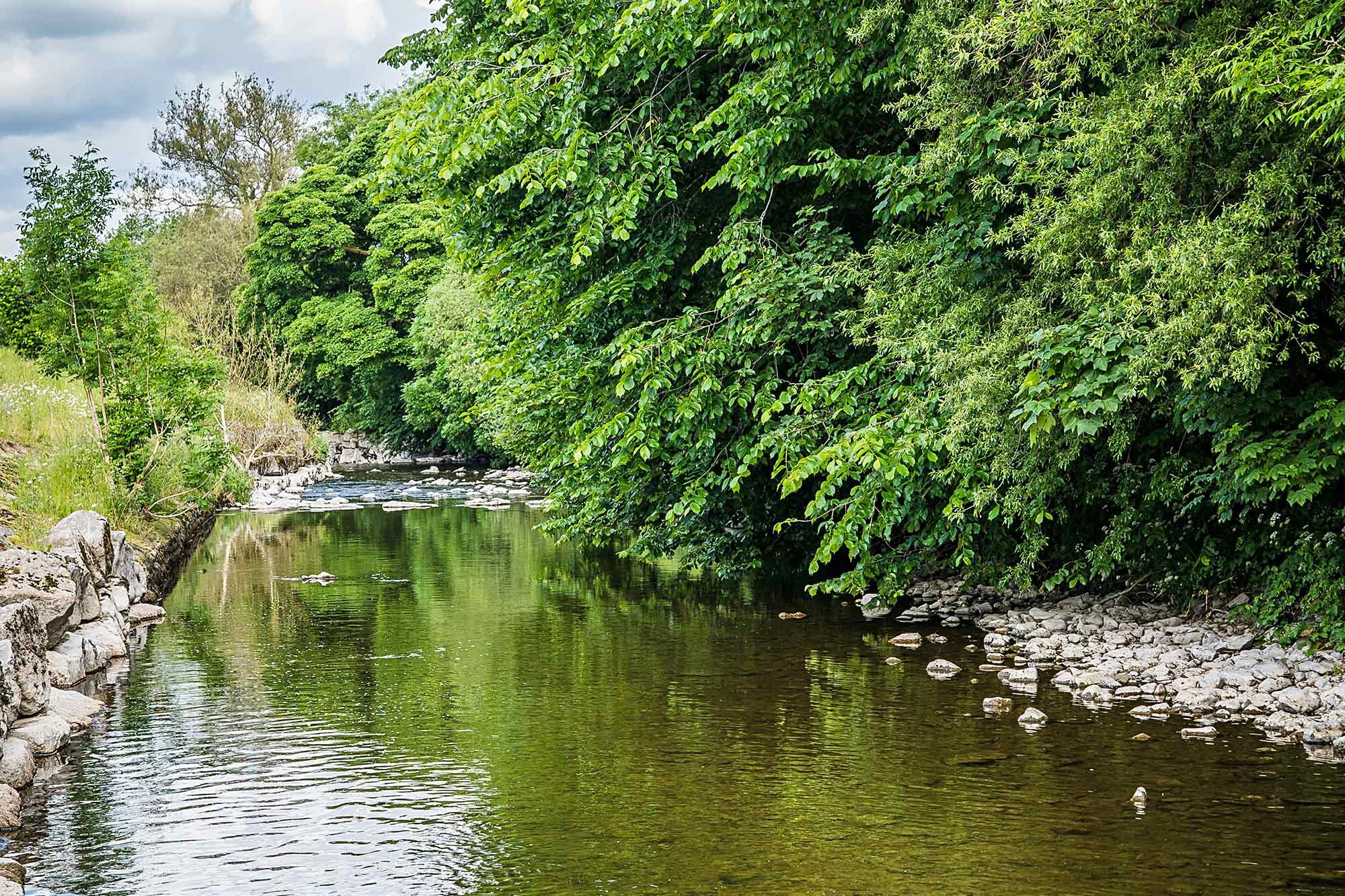River and Wetland Restoration
Wetland management
Rivers and wetlands are incredible and we think they deserve greater coverage. After all, according to the Wildfowl & Wetlands Trust, a staggering 40% of the world’s plants and animals depend on wetlands. We shouldn't overlook that wetlands also absorb vast amounts of carbon and amongst many other crucial benefits, help protect against flooding.
Natural wetlands are a fascinating and dynamic environment that require careful management to both safeguard and maximise them as one of the most diverse natural assets available to mankind.
We provide expert aquatic restoration and management advice that harnesses the experience of all strands of our multi-disciplined team.
From bank and slope stabilisation, silt and fish surveys and habitat creation, to amphibious machinery and hand-removal of vegetation, opening up new waterways, damming, dredging and building boardwalks for recreational visitors, our team would be glad to hear about your project.
Restoring meanders to straightened rivers
In England, during the 1960s, many rivers were artificially straightened with the intention of reducing flooding. It is now acknowledged that far from reducing flooding events, straight channels may increase the chances due to volumes of water pushed rapidly through the waterway.
We carry out projects for the reinstatement of natural river meanders, which effectively mitigate the problem of flooding by restoring a more natural flow regime to the watercourse.
Enhancing straightened river channels
Where the opportunity to reinstate meanders to artificially straightened rivers is unrealisable, we offer a number of other management techniques which can be used to enhance the channel and provide good habitat for fish and plant species.
Marginal planting
Marginal planting is a common enhancement technique that acts to improve habitats and provide spawning areas for fish communities.
For marginal planting, we might suggest plant species such as the more popular Lesser Reedmace (Typha angustifolia), Flowering Rush (Butomus umbellatus), Reed Sweet-grass (Glyceria maxima), Reed Canary-grass (Phalaris arundinacea), Sweet Flag (Acorus calamus), Arrowhead (Sagittaria sagittifolia), Water Plantain (Alisma plantago-aquatica).
Pool-riffle sequences
Another useful technique is to recreate pool-riffle sequences, effectively altering the flow regime and creating sections of fast-flowing shallow water, ideal conditions for migratory and non-migratory species to spawn.
Riffles also help to oxygenate the water, as with any areas where the air to water interface is increased, so dissolved oxygen levels increase, improving water quality and enhancing fish health.
Revetting and supporting river banks
There are a number of revetment techniques that we employ to control or repair bank erosion. The choice of measure employed is heavily dependent on site conditions and, as such, there is no ‘one cure for all’.
Whilst highly experienced in hard engineering solutions, wherever possible we will focus on options that reduce erosion by using such materials as coir, willow and other natural materials to support and rivet banks. These traditional techniques will often provide erosion control without the need for further hard revetment methodologies.
For instance, pre-vegetated coir rolls offer excellent protection by effectively building a new bank that can be backfilled to provide a natural effect. By using pre-planted coir fibre rolls placed on brushwood faggots or rock rolls we can create ‘new’ bank-sides so erosion can be minimised.

